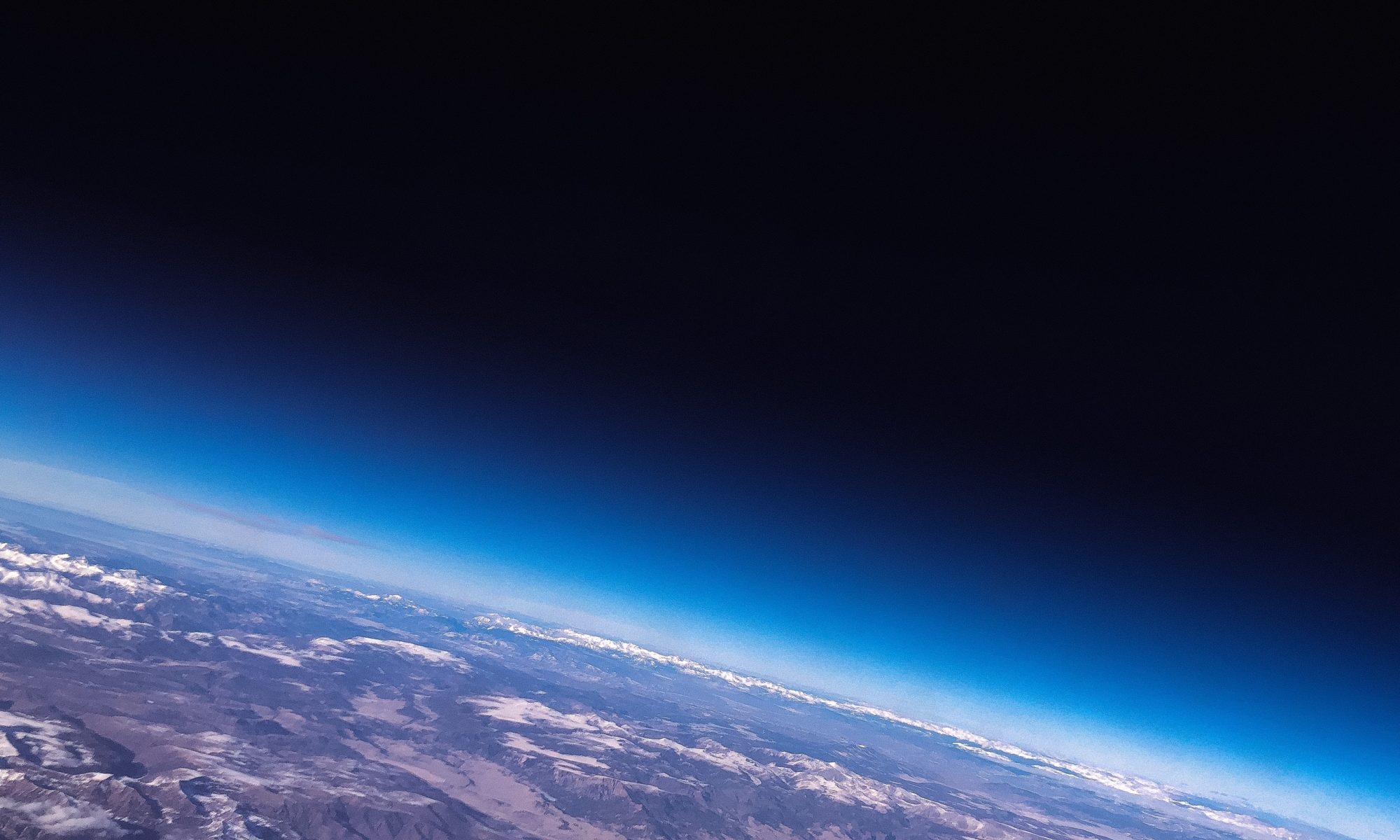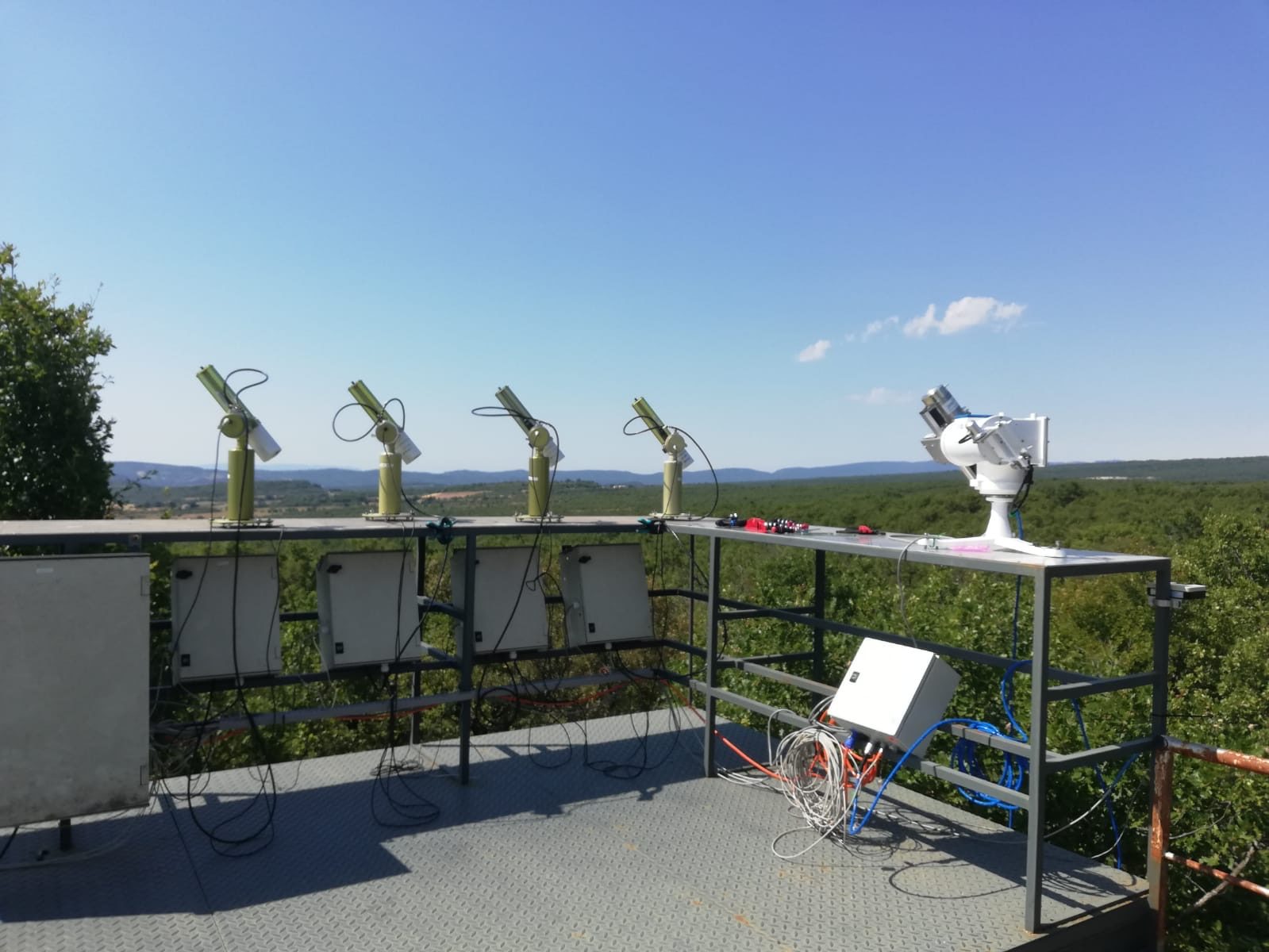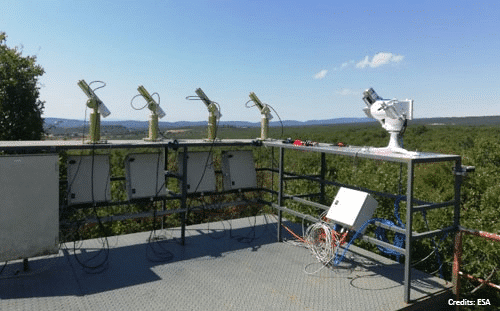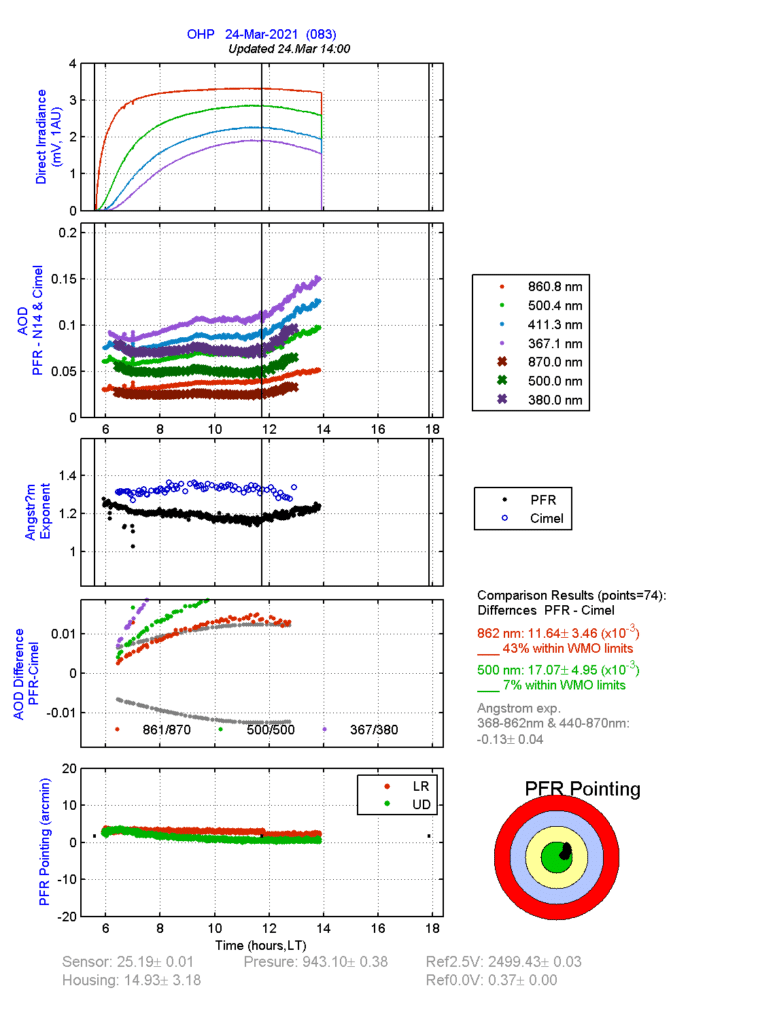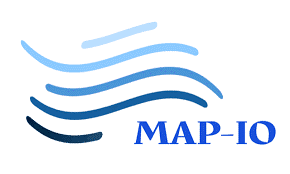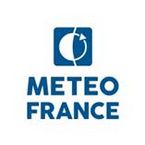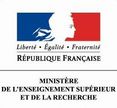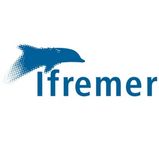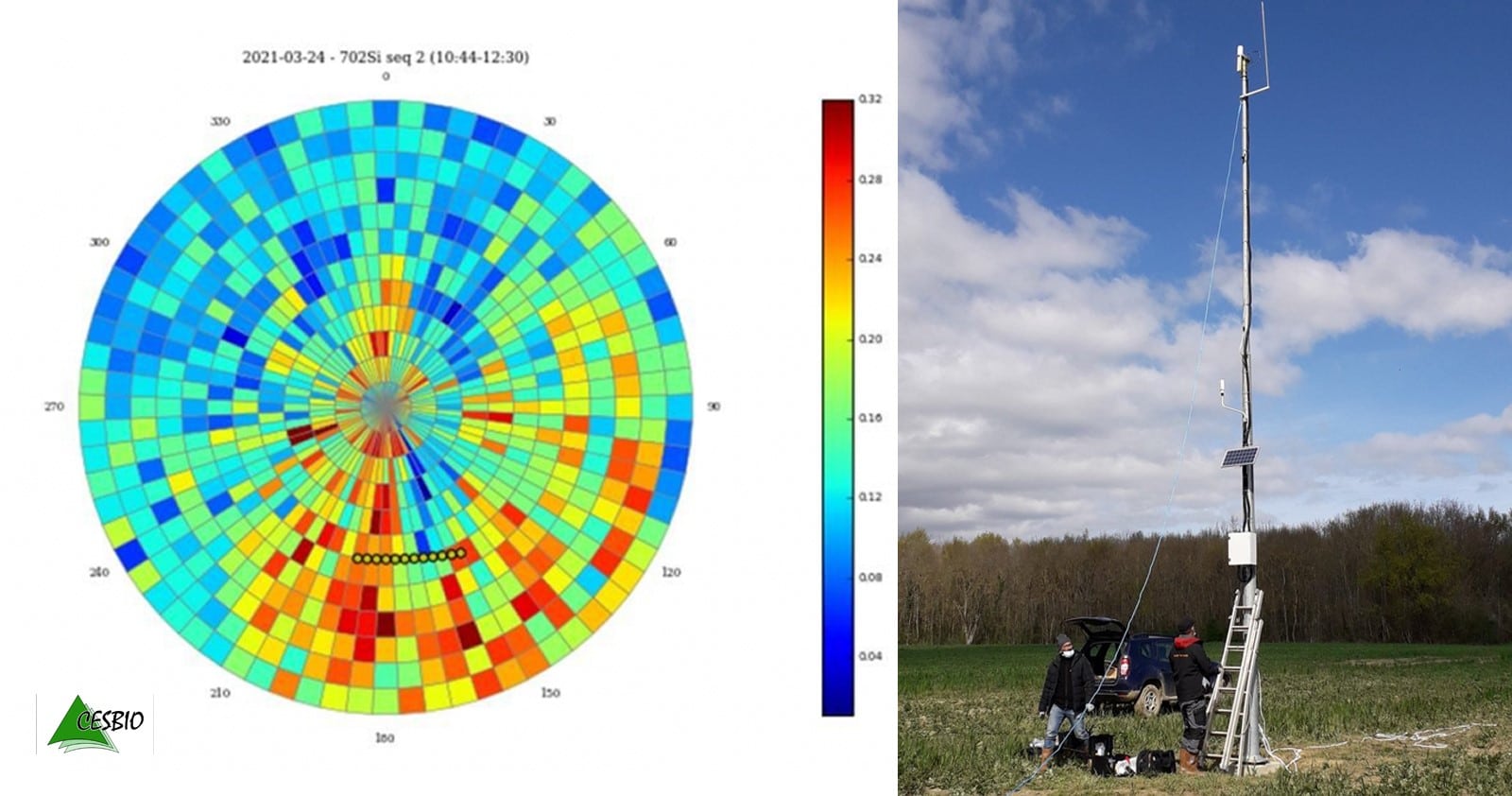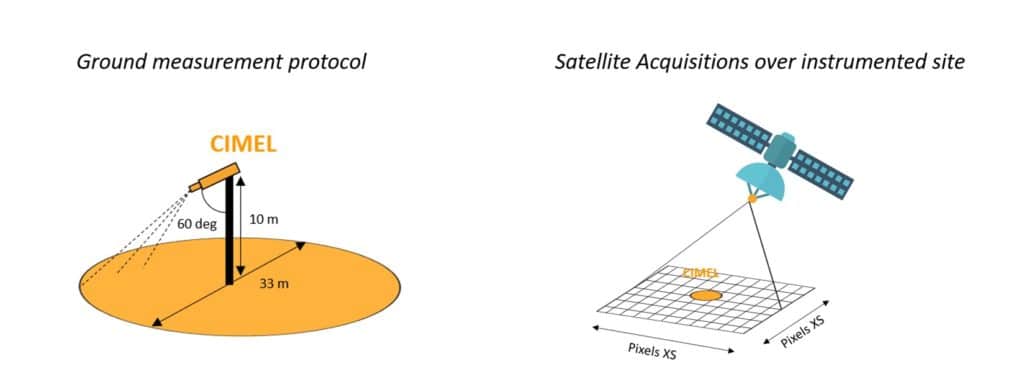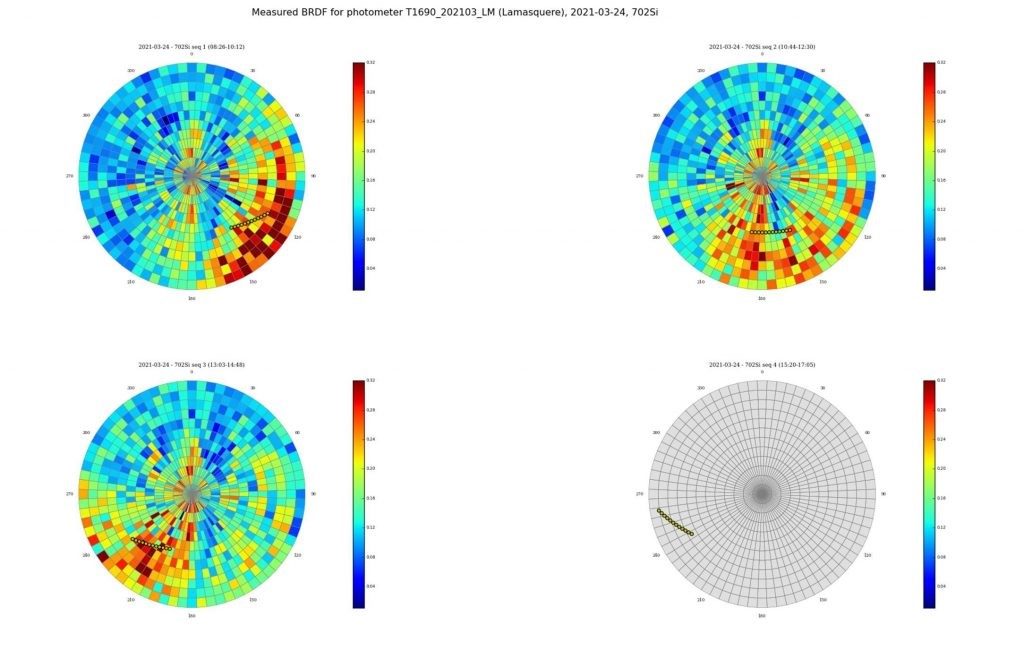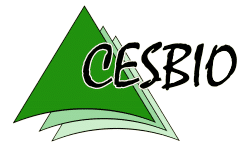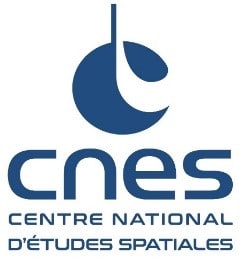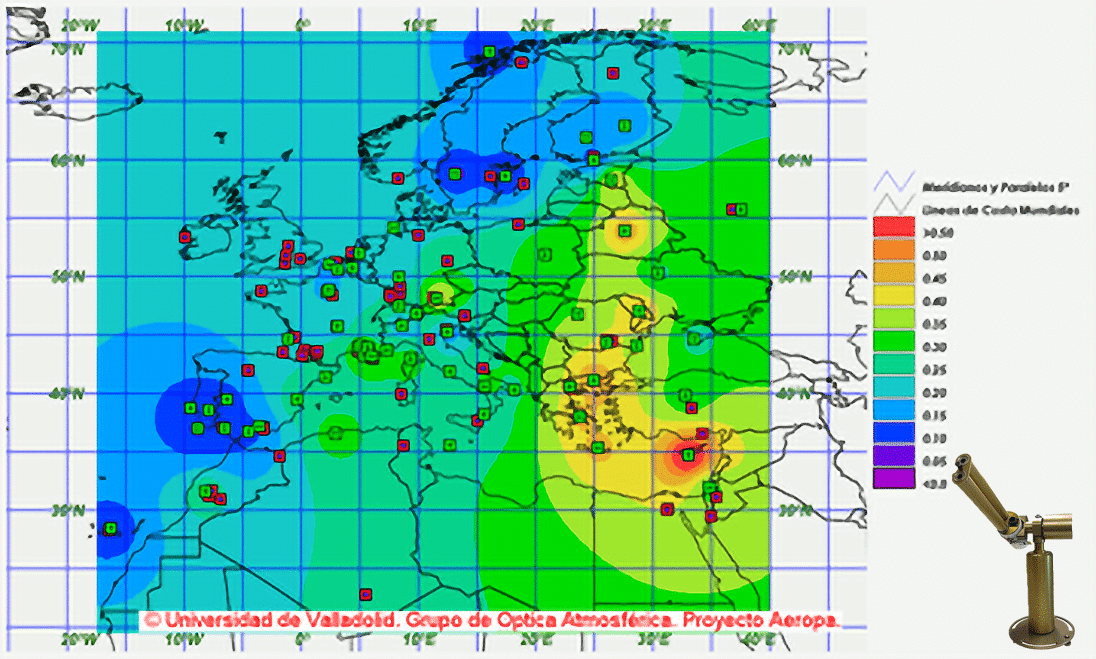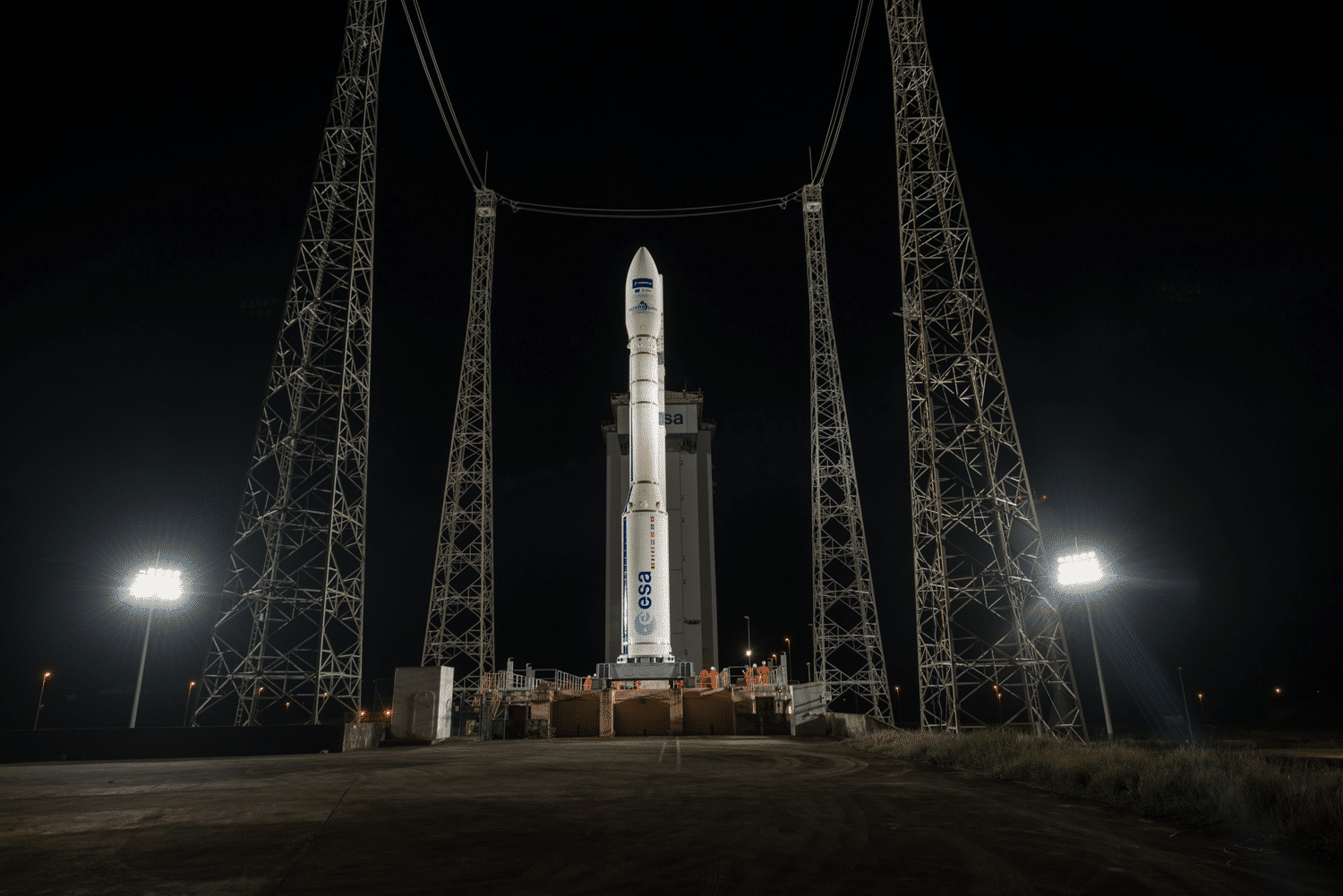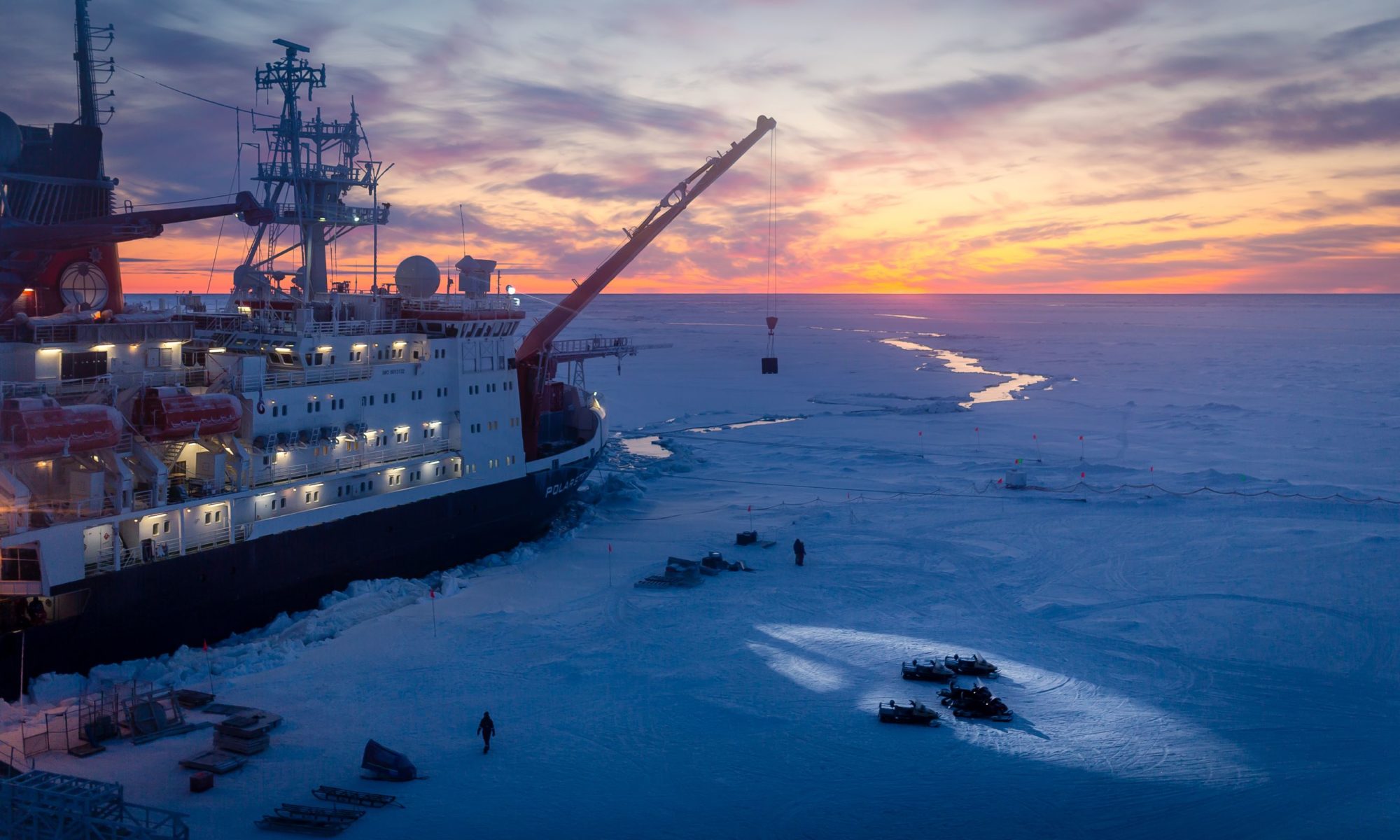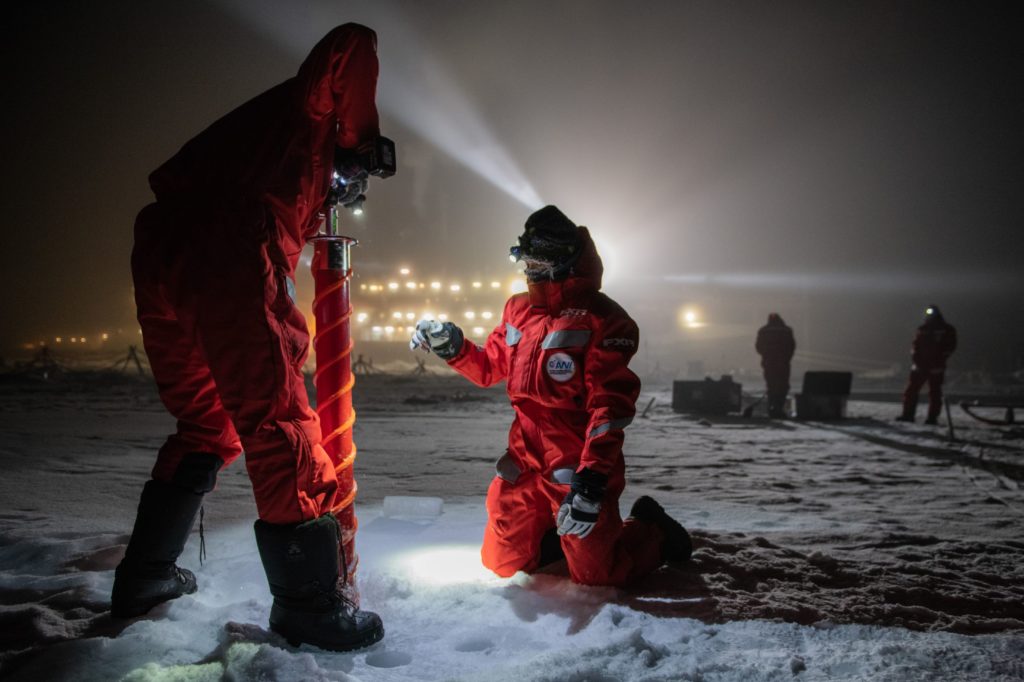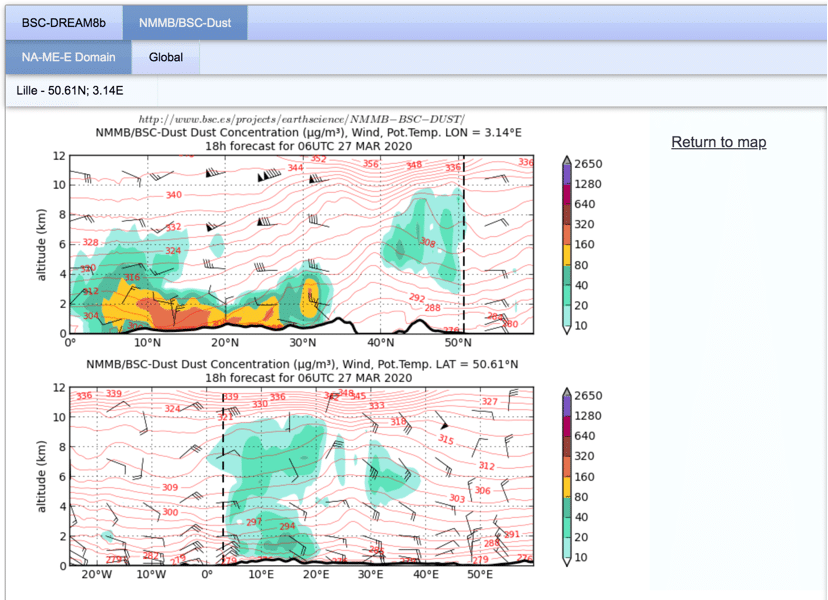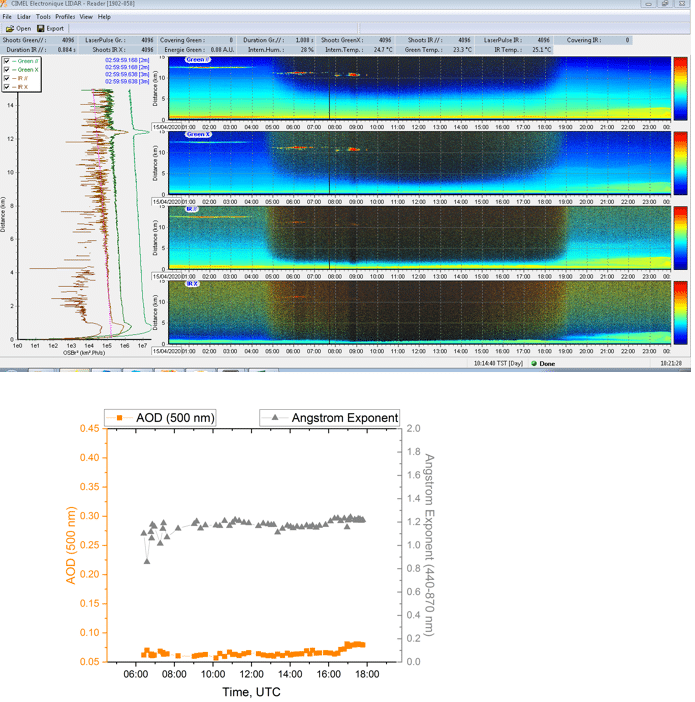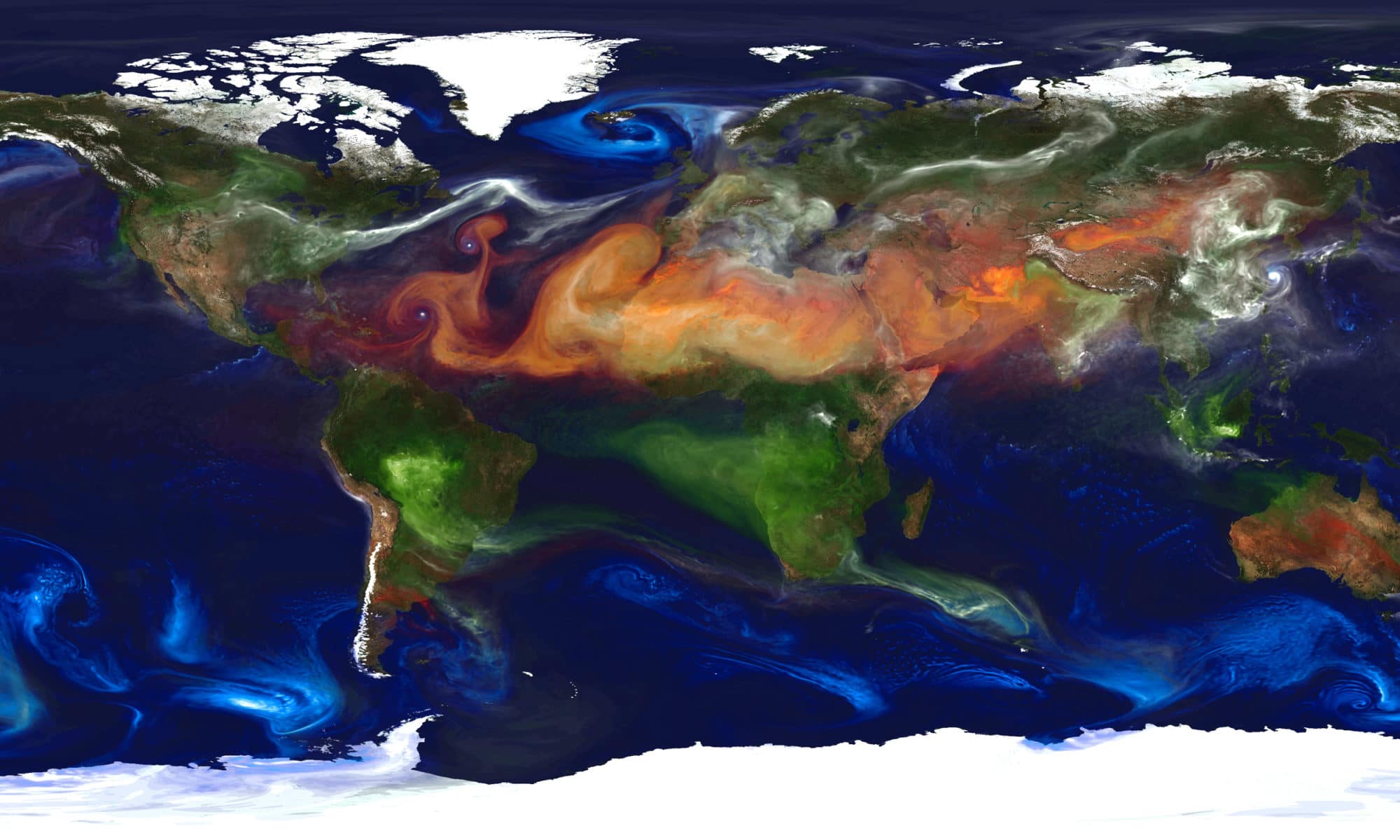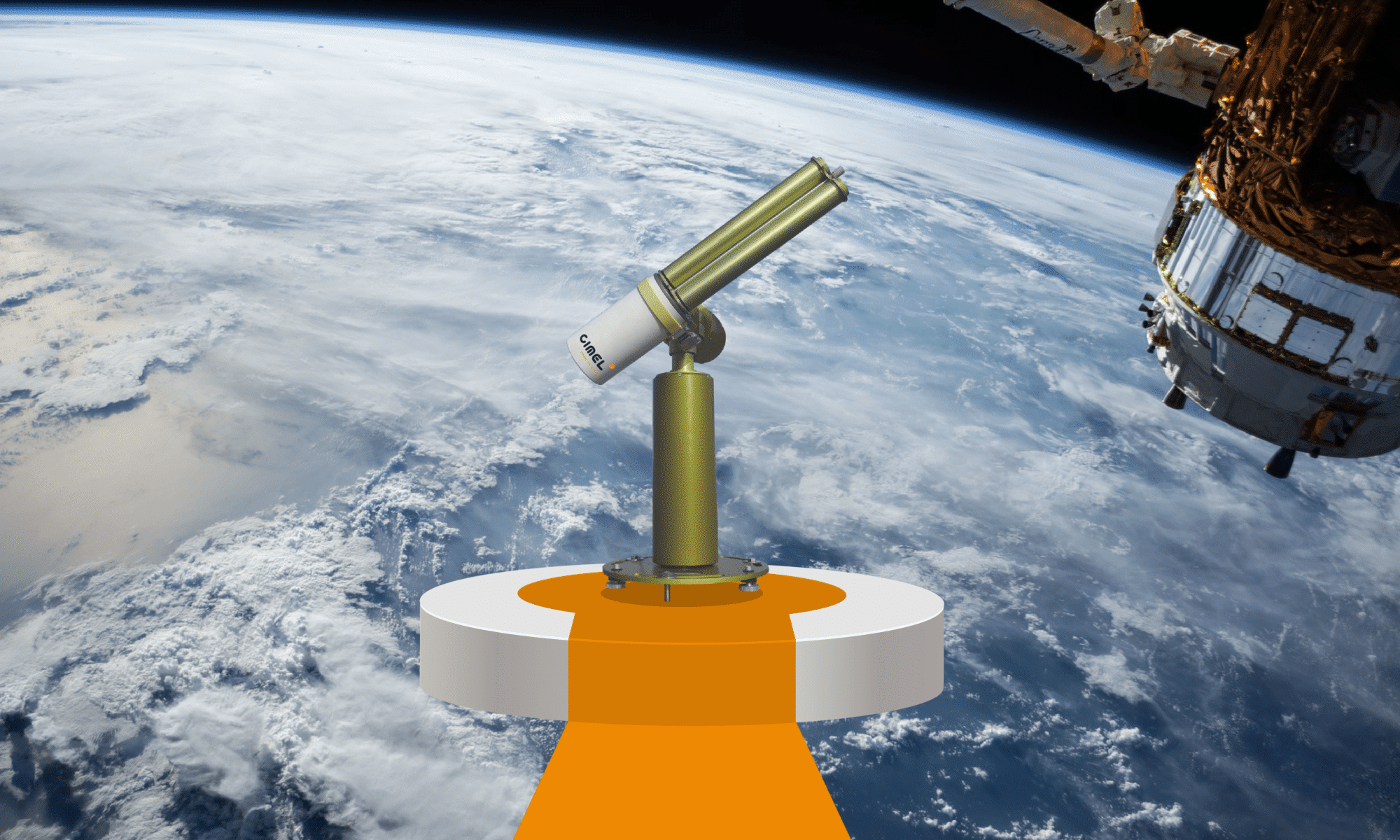MSc Atmospheric Environment: international master degree
A 2-years program graduating a Master of Science in physics or chemistry of the atmosphere, at the highest level aiming to give intendants a strong background in:
- Physical and chemical properties of the atmosphere from the molecular to the global scale,
- Analytical sciences applied to airborne environment,
- Recent research activities on air pollution and climate changes.
The international Master « Atmospheric Sciences » is supported by the french Laboratory of Excellence CaPPA which involves large complementary research projects gathering together partner teams with strong scientific qualifications. It leads top-level research activities thanks to the diversity of researchers’ disciplines and its promising research topics.
Training is dedicated to students in physics and chemistry having validated 4 years of study (Master 1st year / Bachelor / 240 ECTS-credits), wishing to follow a specialization in atmospheric sciences to get a strong background in theory and practical works.
A visit to every laboratory involved in the Labex CaPPA is organized, helping students to identify the research topic they want to specialize in.
Strengths of the training
- Students are immersed in an international environment and all courses are delivered in English.
- Students from more than 14 nationalities attended to our master since 2013.
- A master degree in a stimulating scientific environment within the Graduate Program “Science for a Changing Planet“.
Additional documents:
Download the leaflet
MSc presentation (pdf)
From September 2021, this program replaces the former M2 Atmospheric Environment.
You can also find more details about the program on the website: http://www.labex-cappa.fr/master-atmospheric-environment

